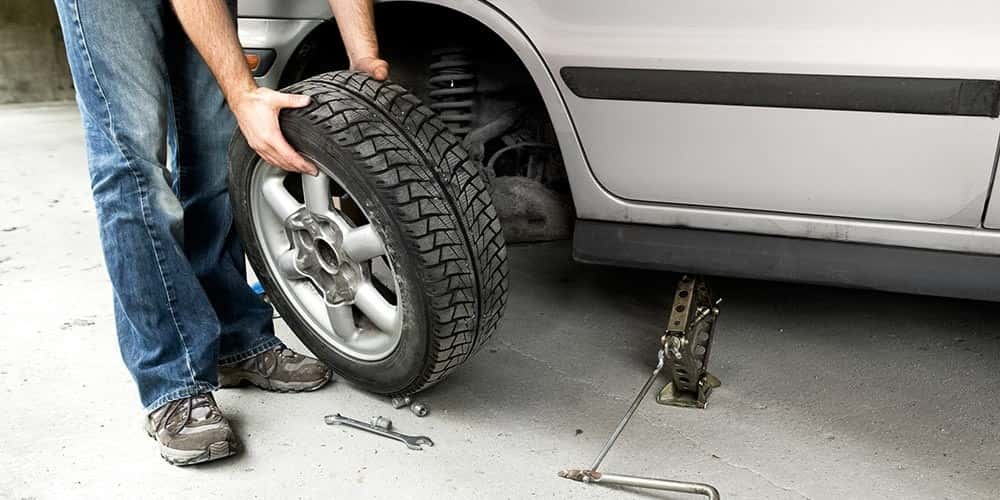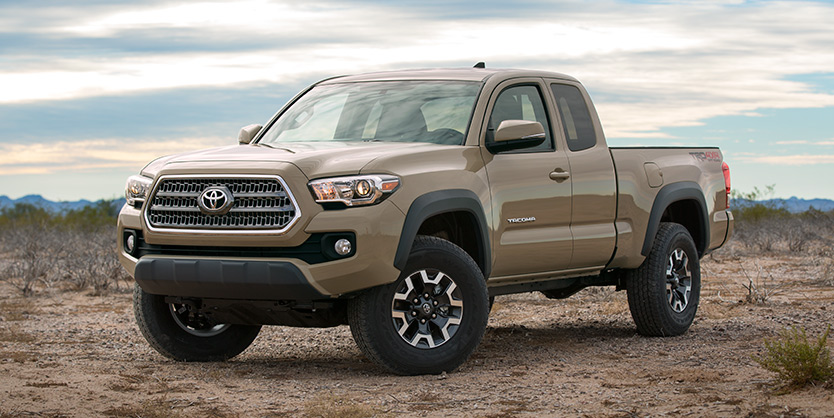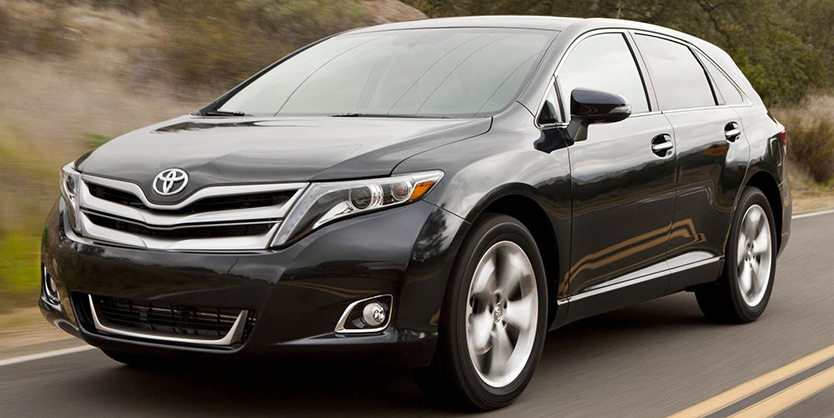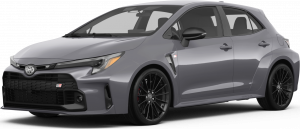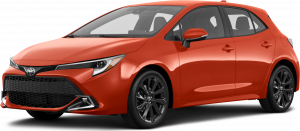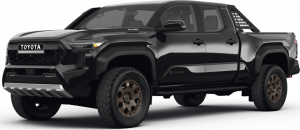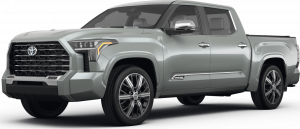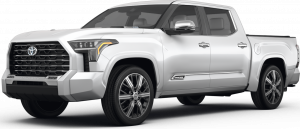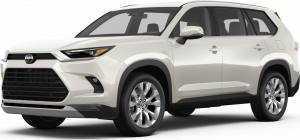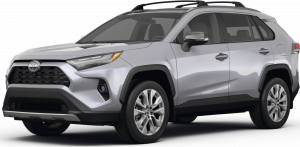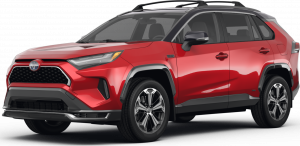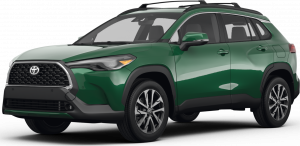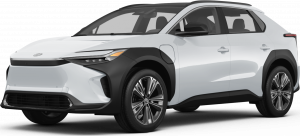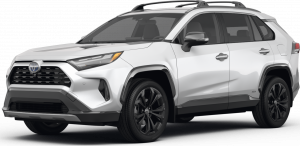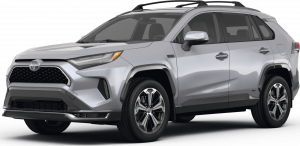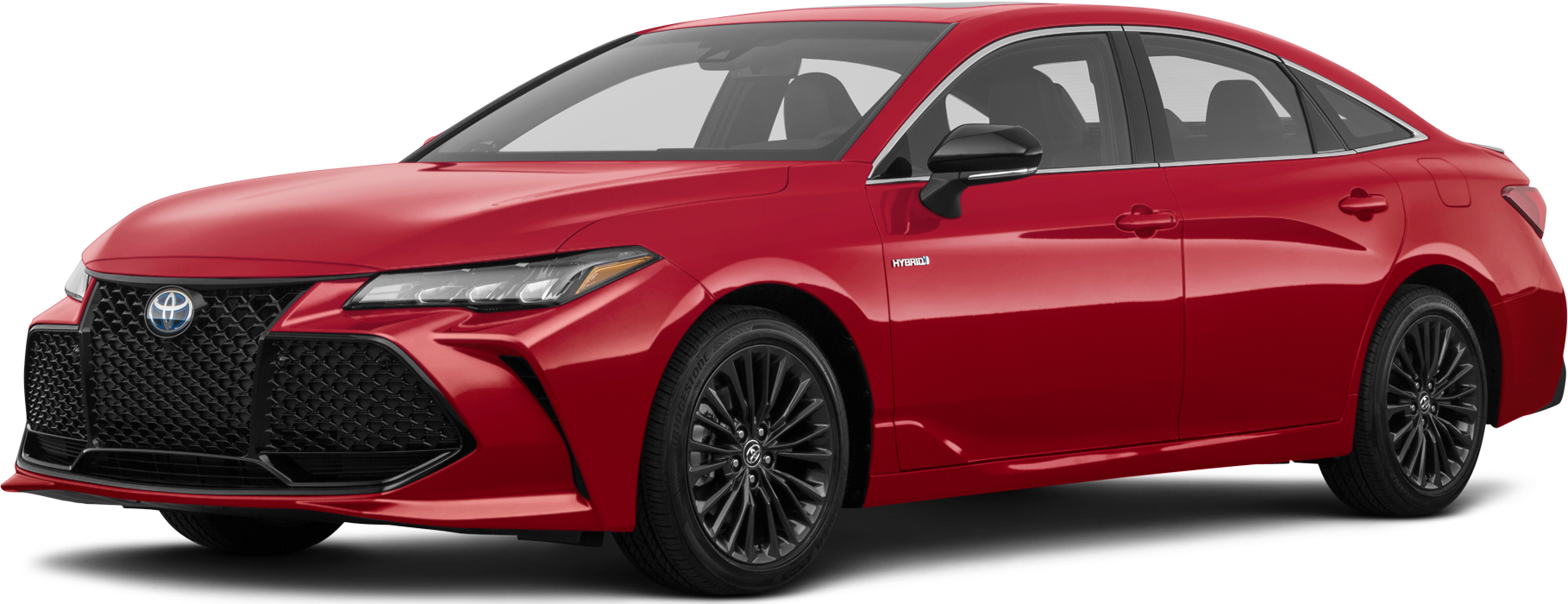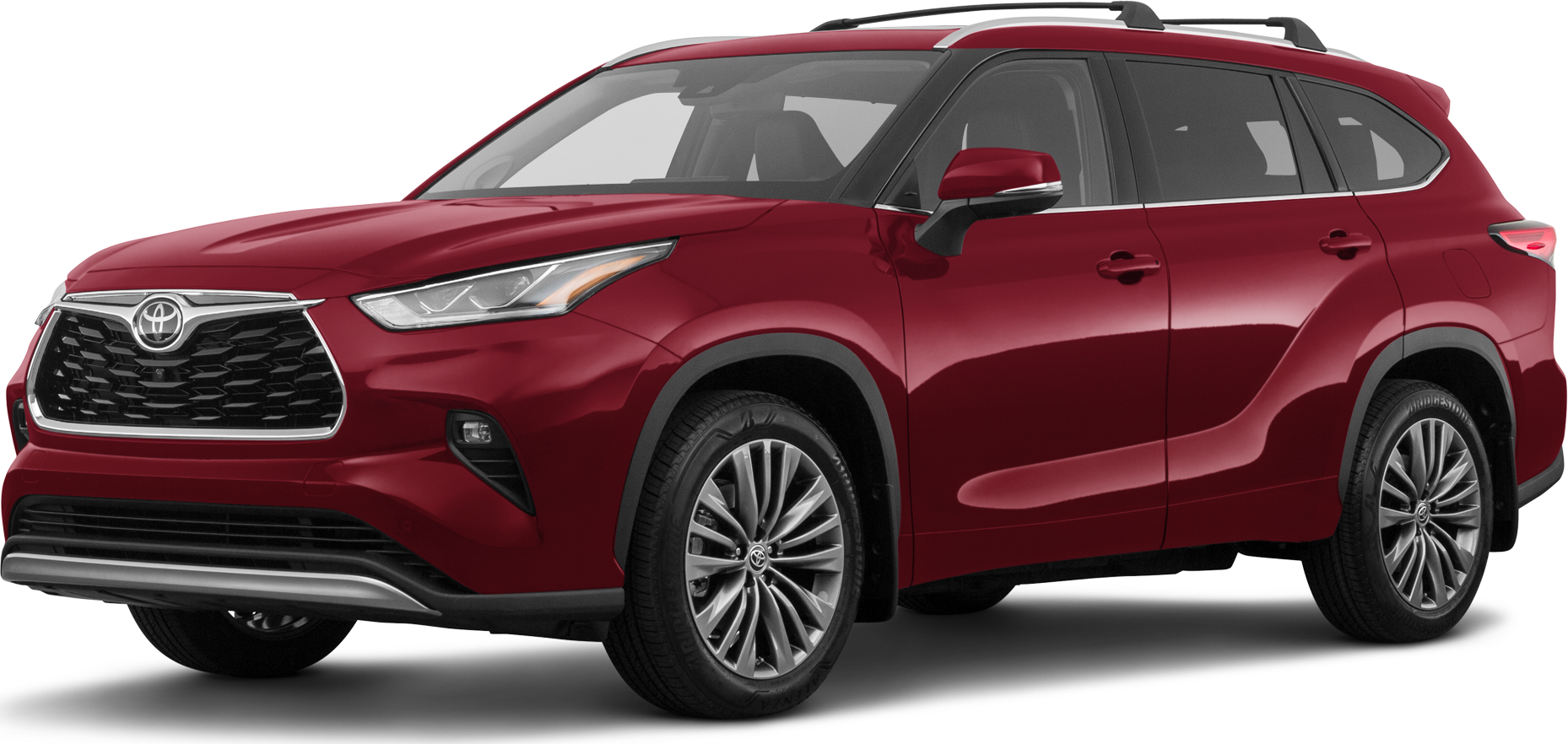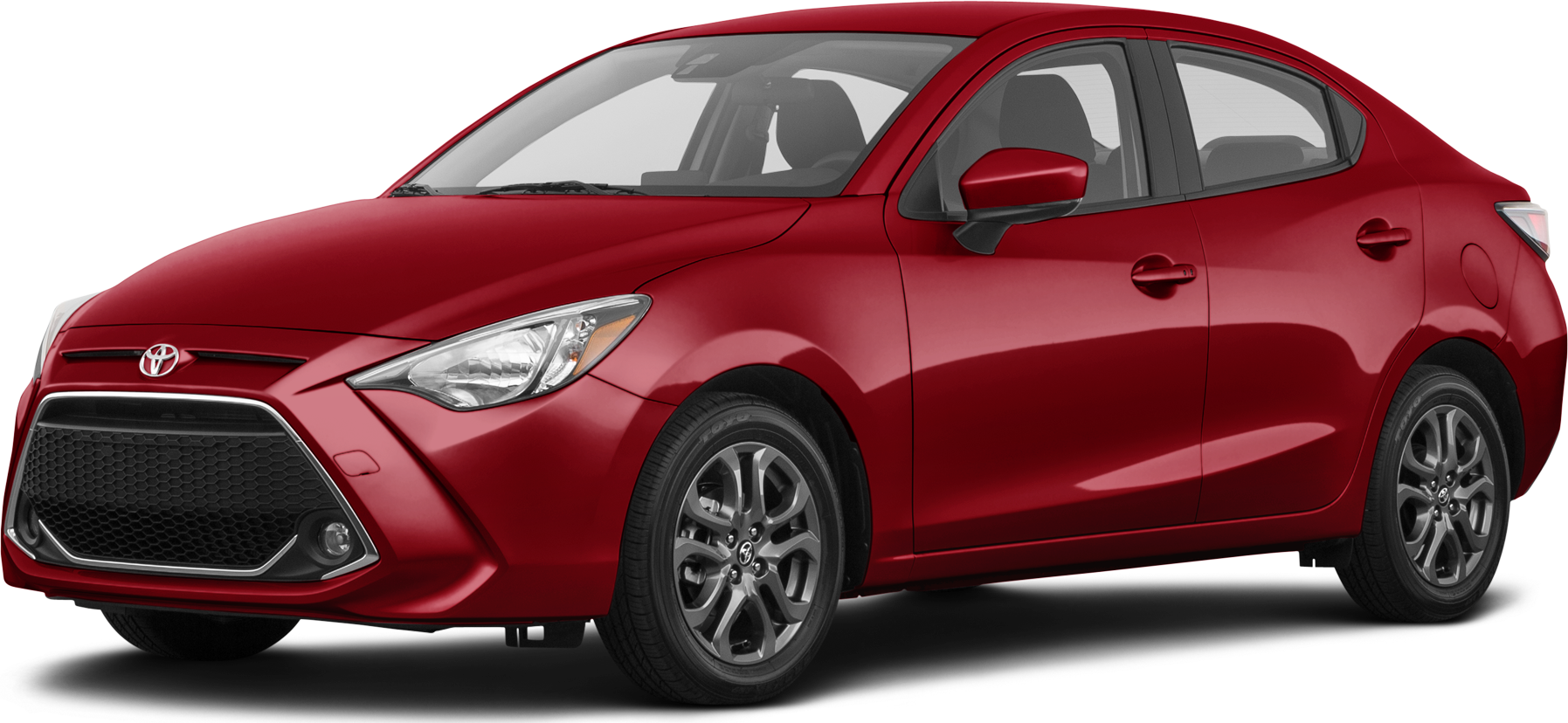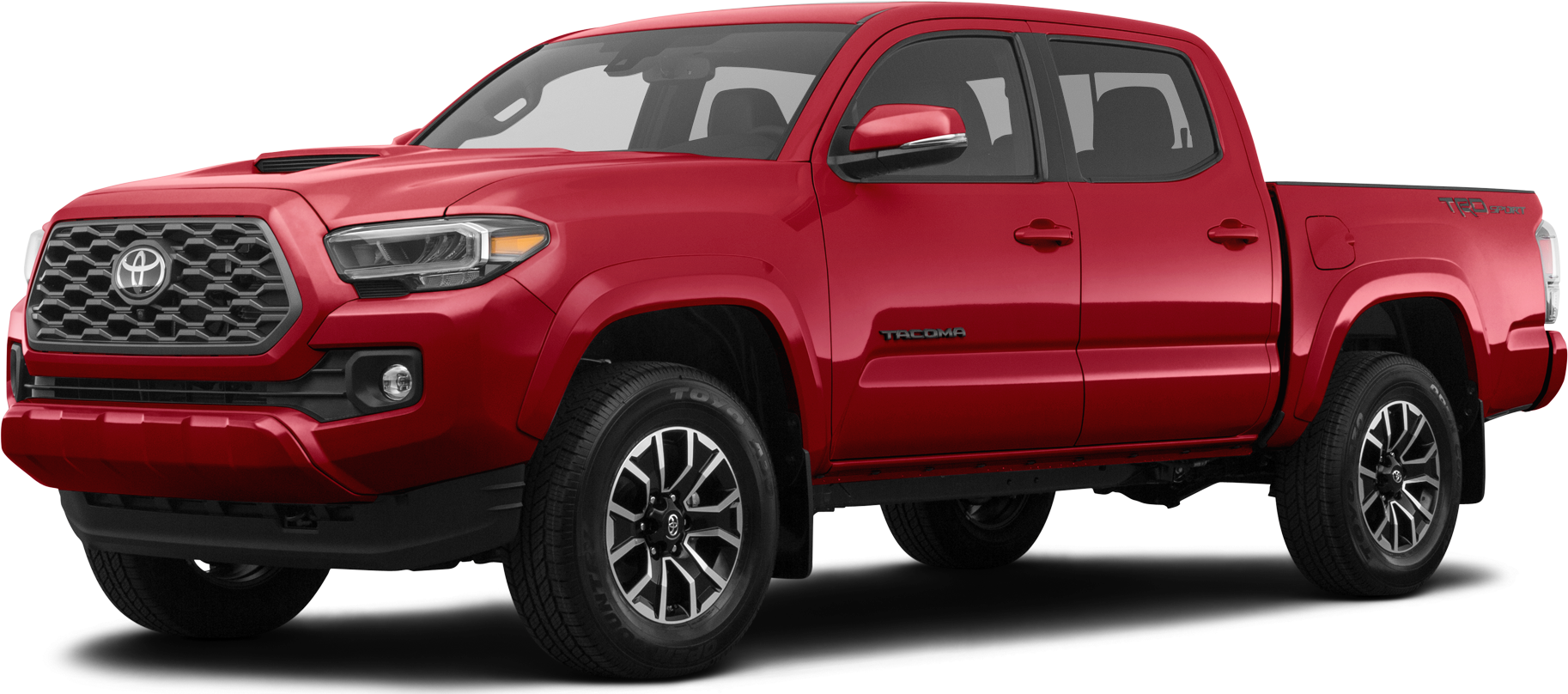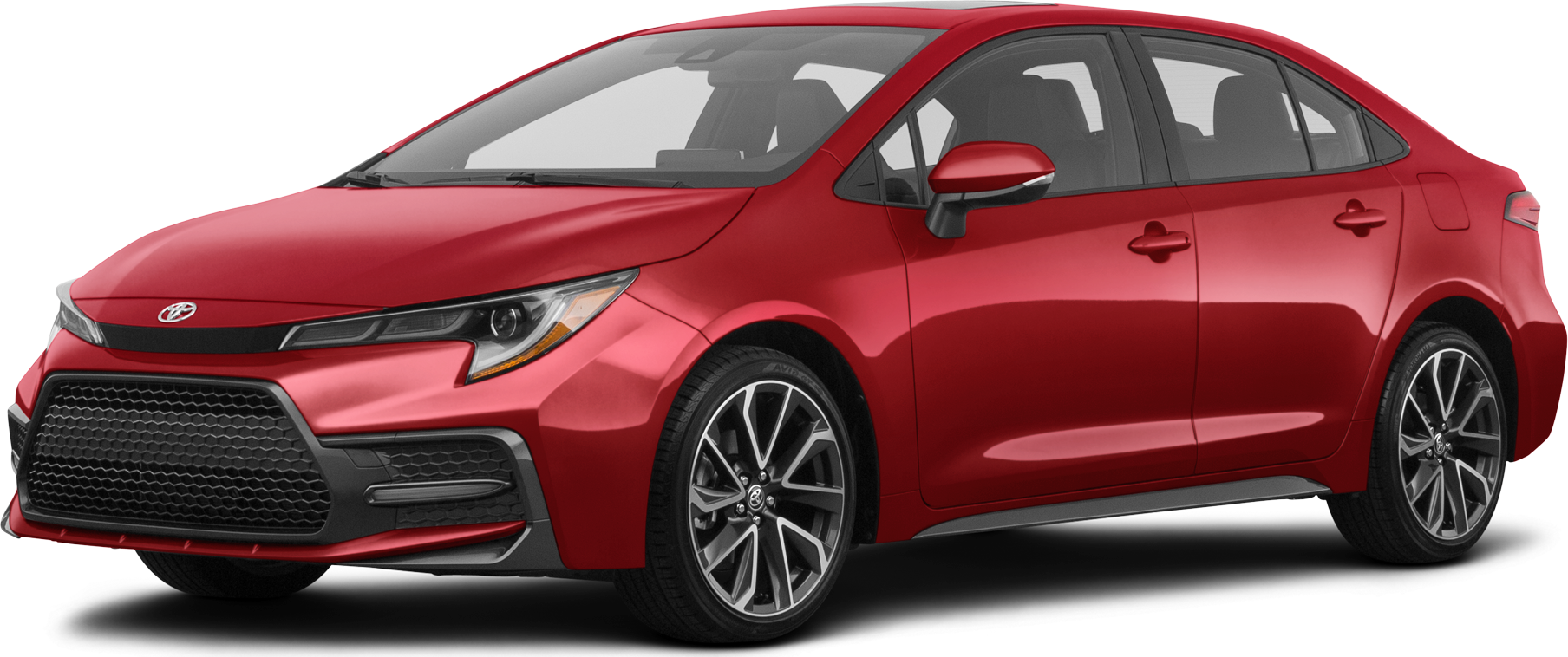
Summer time's in full swing, which means lots of on-road travel time for many. Opting for midsize SUVs like the 2016 Toyota Rav4 is a great way to make all of those upcoming road trips much more enjoyable with abundant space for passengers and cargo. But, even if you have the perfect vehicle for your summer travels, if you don't know some simple maintenance tasks, you may find yourself stranded on the side of the road. One common problem you may run into on the road is a flat tire. Don't waste time having to wait for assistance to save the day. Instead, save the day yourself by learning these important steps below.
1. Pull Over. If your car suffers from a flat tire, the first thing to do is pull over. Try to do so in as safe of a location as possible. Don't park in the middle of a curved road! This is very dangerous because approaching vehicles will be unable to see you.
2. Turn On Hazards. Any time you pull over on the side of the road, it's a very important safety measure to turn on your hazards. This is the best way to notify other vehicles on the road that you will be staying put for awhile – or that you may be in need of assistance.
3. Gather Tools. There are a few tools you will need in order to change your fat, and now is the time to go ahead and gather them for the job ahead. You'll need:
4. Loosen Lug Nuts. Before you even jack up your car, it's a good idea to go ahead and loosen the lug nuts (the big bolts holding your tire onto your car). Using your wrench, loosen the lug nuts by turning the wrench counter-clockwise (to the left). If the lug nuts are too tight to remove, place the wrench on the lug nut, then stand on the wrench arm. Using your full weight may be the loosening trick required. Be sure you only loosen them; don't fully unscrew them at this point.
5. Jack Up Your Car. Now is the time to put your jack to use. Since all car models differ as to where to place the jack, consult your owner's manual for a specific location. Once the jack is in place, jack up your car until the flat tire is roughly six inches off the ground.
6. Remove Lug Nuts. Since you've pre-loosened the lug nuts, you can now easily and fully unscrew and remove them. Be sure to place them in a pile so they don't get scattered or lost.
7. Remove Tire. Now that you have removed all of the lug nuts, you can go ahead and remove the tire. Do so by pulling the tire straight toward yourself.
8. Install Spare Tire. With the flat tire removed, your spare tire is ready to be installed. To do this, line up the lug nut posts with the holes in the spare. Then, push the spare as far as it will go onto the wheelbase.
9. Replace Lug Nuts. Once your spare is in place, grab your lug nuts and screw them back into place. Don't put them on too tightly just yet.
10. Lower Your Car. Make sure your jack is still in the correct location and then lower it back to the ground. Remove the jack.
11. Fully Tighten Lug Nuts. Once your car is back on solid ground and the jack has been removed, go ahead and fully tighten all of the lug nut
Visit our dealership in Las Vegas, Nevada for all automotive maintenance tips and tricks.



